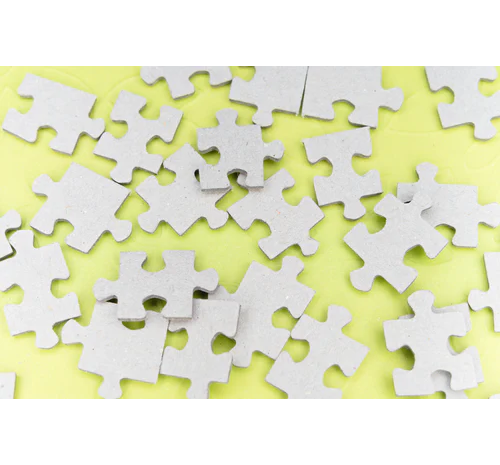As a parent, it is disheartening to see your teen struggle to handle problems that come their way. You don’t want to see your teen blame themselves for being unable to solve problems that they don’t have the power to fix, but you also don’t want to see your teen ignore problems that they are able to solve.
It’s crucial for you to help your teen understand that they can’t change other people and there will always be situations that are out of their control so that they can focus on handling problems that can be resolved.
When your teen learns how to recognize when situations are outside of their control, they can then be empowered to change situations that are in their control.
This is not always an easy feat. Effective problem-solving requires teens to complete several steps and to be vulnerable enough to tackle uncomfortable conversations and emotions. However, using these skills is worth it because it always leads to a healthier outcome for your teen and the people around them.
Following these seven steps can help your teen solve problems that are within their control:
1. Pause
When your teen starts to feel uncomfortable or begins to recognize that there may be a problem that it is within their power to help solve, it’s important for them to pause and take note of the problem.
Recognizing that there is a problem and that it has the potential to be solved is the first step toward reaching a positive resolution.
2. Define the problem
The second step your teen needs to take is to define the problem. They need to collect all the pertinent information regarding the situation at hand so they can determine the best course of action.
To define the problem, your teen should ask the following questions:
What is the situation?
Why is this situation a problem?
Who all is involved in this situation?
Where did the problem occur?
When did the problem occur?
Are there any factors that will make this problem occur again?
How does the problem make me feel?
What did I do in response to the problem?
How do I want this problem to be resolved?
Once your teen fully understands the problem at hand, they will be ready to move on to the next step.
3. Determine the effects of the problem
Have your teen write down the ways that the problem is interfering with their health, wellbeing, or goals.
If the problem is not influencing any of these areas, chances are it’s actually not your teen’s problem, and they can move on without continuing any of the following steps.
If the problem is interfering with these areas, your teen should continue working toward a resolution.
4. Identify potential solutions
Your teen’s first solution to the problem at hand might be a knee-jerk reaction that can cause more harm than good.
Encourage them to identify at least three different potential solutions and consider alternative solutions to the one that first comes to their mind. This will allow them to approach the problem from different perspectives and see which solutions will lead to a win-win resolution.
Think of problem-solving like tackling a jigsaw puzzle. The first “piece” your teen picks up might not be the best fit when solving their puzzle, and they may have to try a few different pieces before they find the right one.
5. Consider the consequences of potential solutions
Once your teen has a solid list of potential solutions, they need to consider the consequences of each of these solutions.
An idea that might seem good at first might actually cause more damage or lead to strained relationships.
Say, for instance, your teen has a problem with their sibling leaving their shared bathroom messy. Your teen might propose a few solutions: throwing the clutter on their sibling’s bed to make a point, screaming at their sibling, ignoring their sibling and giving them the silent treatment, having a conversation with their sibling about the mess, and coming up with a cleaning schedule for both of them to follow every day.
While some of these solutions might seem like they would be effective, they will negatively impact your teen’s relationship with their sibling and make the problem worse.
Although it’s important for your teen to write down every solution they can think of so that they have plenty of options to work with, it is critical that they weigh the consequences of each of these solutions before acting.
6. Take action
Once your teen has determined a course of action that has the least consequences, they can determine the steps they need to take to implement this solution and take action.
7. Evaluate results
Once your teen has tried to implement their solution, they should take a moment to evaluate the results of their actions.
If the situation was resolved favorably, they should take note of how they were able to successfully use problem-solving skills to make a situation better.
If the situation was not resolved or the outcome was less than desirable, your teen can repeat the steps in this problem-solving skill to try to find a better solution.
